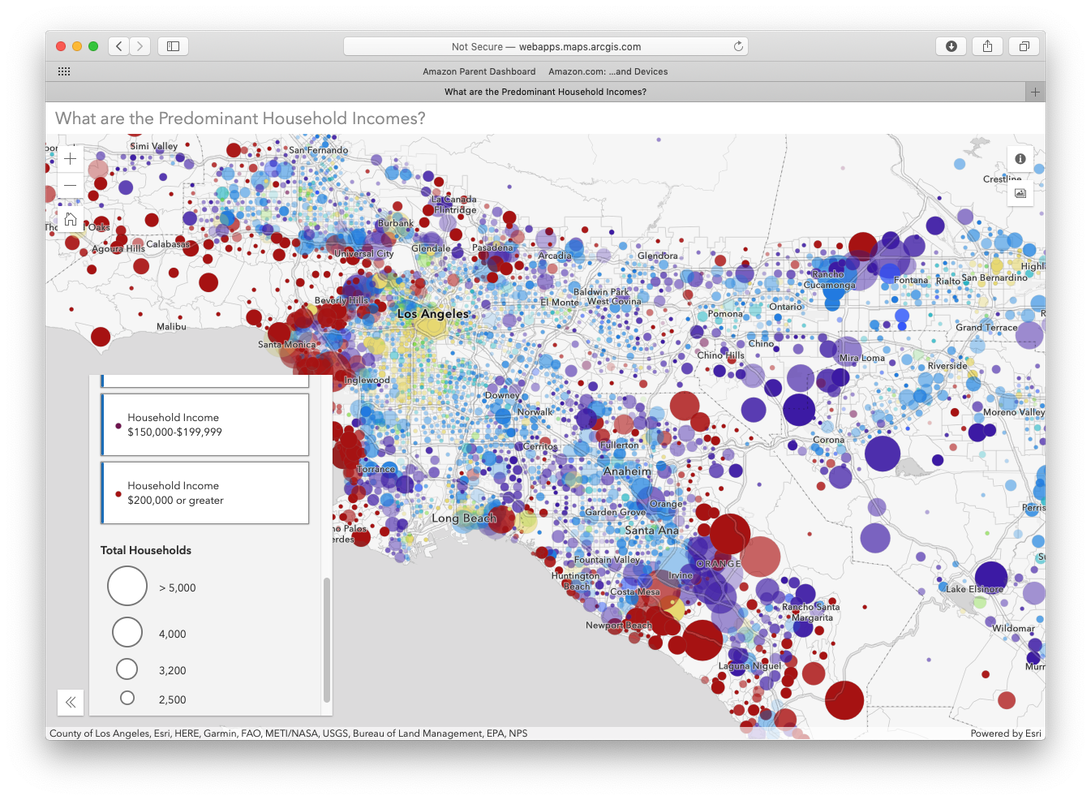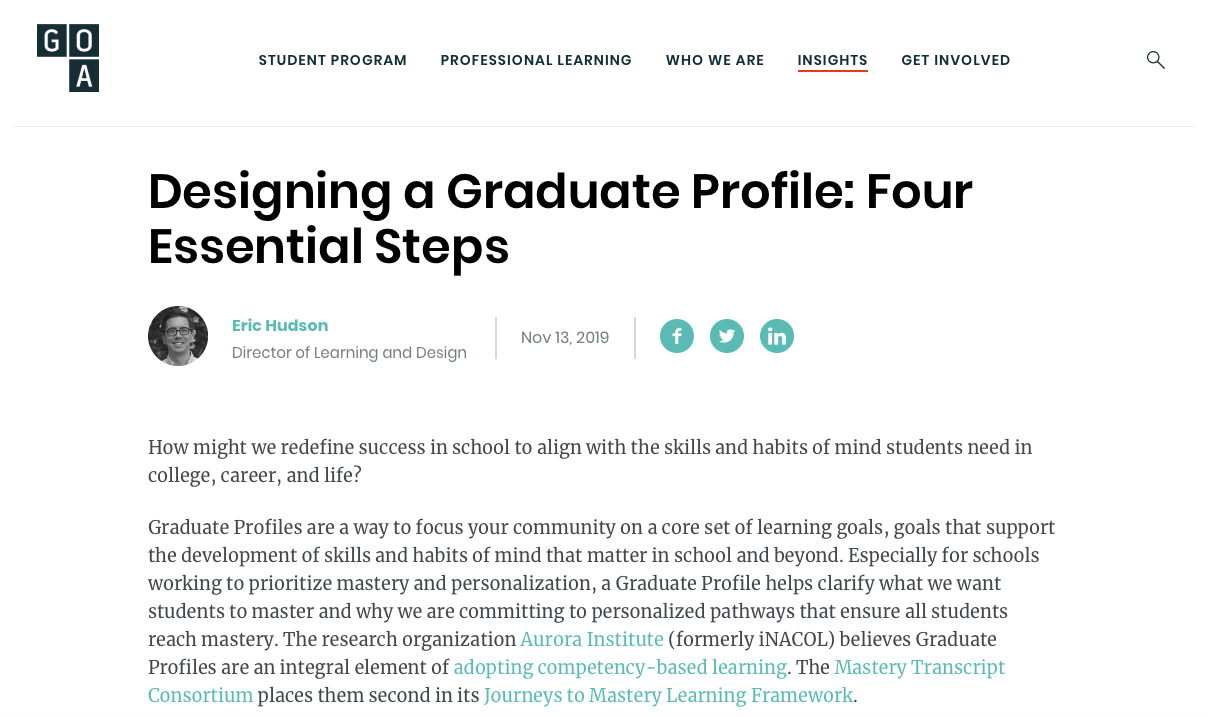|
Blended leaders understand the mission-critical nature of properly broadcasting one’s mission, and they are the ones who ask, and live, the newest mission-related questions that occur when the digital presses in on the non-digital.
0 Comments
The educational driver of immediacy is feedback, and we have more to wring from it before turning our attention elsewhere.
First, as has been mentioned, feedback is optimized when it arrives in the right dose, at the right time. We have all had moments where we were simply not ready to hear what was good for us and so swatted away crucial lessons. On the other end, especially if we have raised or taught children (or been married!), we have all delivered feedback at the wrong time, sending our recipient into a defensive posture, again minimizing the impact of the lesson. Second, and also crucial, is that feedback, done well, helps both the receive and the giver. Not all feedback is good feedback; not all feedback is equally valuable; not all feedback will result in learning (Hattie, 2012). So you can’t just throw it around like fertilizer and expect all the weeds to die and all the plants to, in turn, flourish. In fact, one of the most valuable aspects of good feedback is the effect that it has, to continue the metaphor, not on the weeds and the plants but on the thrower of the fertilizer -- you. Taken together, these pillars of effective feedback – dosage, timing, and reciprocity – help us to notice the value of an immediacy at play in businesses that rely on multi-sided marketplaces, bringing to a fine focus much of what we have been discussing in this book: leading, selling, training, and servicing. Saving structures and object groups as clipart has been a highly requested feature - and it is finally here! You can now create complex structures and save them for quick use in other projects. When inserted, you can edit the elements as if you had just created them for the first time.
I was somewhat familiar with ESRI and GIS (Geographic System Mapping) but had not had a chance to explore its use in any meaningful context until last week. During a strategic planning meeting, we looked at current and potential future demographic trends in my school's region, and it was very powerful to understand the data in this visual way.
Blended leaders must be prepared to grapple with the effects of obsolescence on communities of practice; they must be prepared to think about and manage through the demise of those online applications and services that have gained a user base within their schools. Sometimes you spend a lot of time getting people online, into a space, only to have to move all of them off.
Google for Education is supporting a webinar tomorrow. I imagine that a recording will be available as well.
I am always interested in work and models that may give compelling reason to rethink how evaluation/grading/assessment is perceived and implemented in schools, k-12 especially. This article from Global Online Academy brings together lots of helpful ideas and examples.
|











 RSS Feed
RSS Feed
